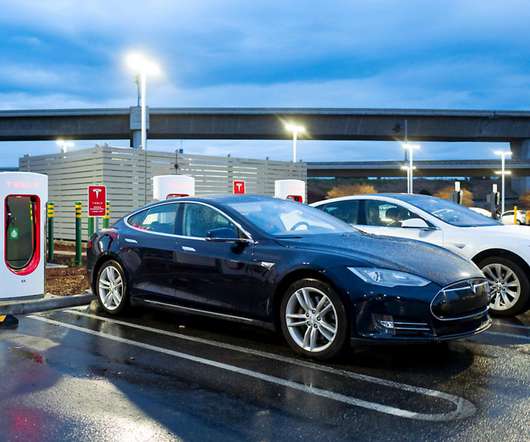DOE launches H2USA public-private partnership to deploy hydrogen infrastructure for transportation
Green Car Congress
MAY 13, 2013
The US Department of Energy (DOE) launched H 2 USA—a new public-private partnership focused on advancing hydrogen infrastructure to support more transportation energy options for US consumers, including fuel cell electric vehicles (FCEVs). Fuel Cells Hydrogen Infrastructure' Earlier post.).




















Let's personalize your content